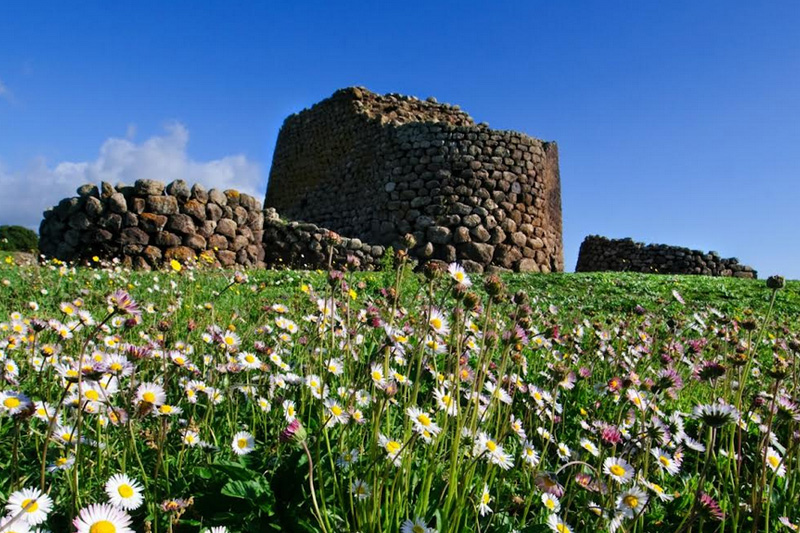Nuraghe Losa
The original name, “nurache ‘e losas,” translated as “nuraghe of the
tombs,” refers to the Roman cinerary urns carved into the exposed
rock at the edges of the area where the site is located. The
distinctive silhouette of Nuraghe Losa rises on the basaltic plateau of
Abbasanta, five kilometers from the small center of Oristano. As you
move around its imposing structure, massive and flat, with an
equilateral triangle plan, you will notice perspectives that evoke the
high prow of a ship. This nuraghe represents one of the most
remarkable and characteristic expressions of Nuragic architecture.
For centuries a site of archaeological excavations, Nuraghe Losa
stands out for its organic design, the compactness of its volumes,
and the sophistication of its masonry techniques. Around it, the
remains of a vast settlement are preserved in the greenery of the
Mediterranean scrub, bearing witness to the multiple historical
phases of the site, from the Nuragic age to the Roman era. In this
8
latter phase, the nuraghe was used for funerary purposes, persisting
into the early Middle Ages (7th-8th century).



